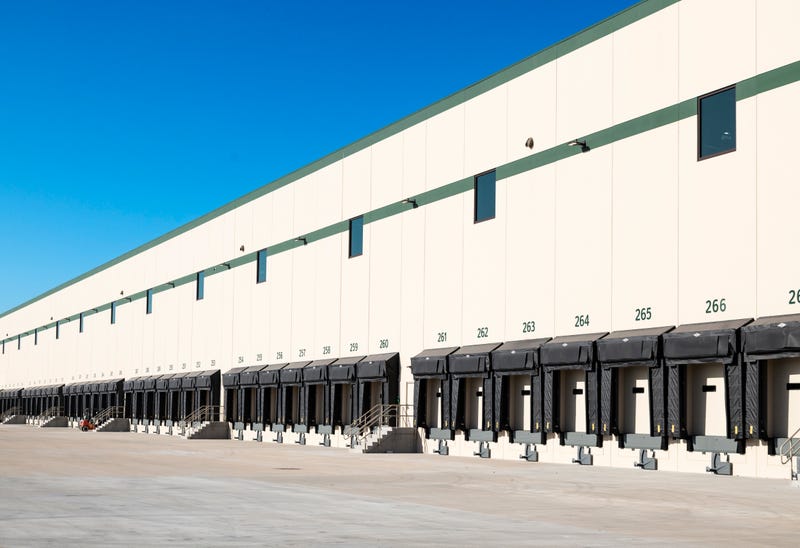
PHILADELPHIA (KYW Newsradio) — Consumers are, it seems, victims of modern day conveniences. We want our packages delivered quickly, but we’re not thrilled with the massive facilities that make it all possible popping up in our backyards.
Related
The impact on waterways and overall quality of life was the impetus behind PennFuture’s new municipal zoning ordinance guidebook. Staff attorney and author Brigitte Meyer says they want to give municipalities the tools to balance it all.
“You can have a facility that's going to create jobs, generate impacts, get everyone their package on time. But also, try to keep in check some of the stuff that is going to impact everyone else,” said Meyer. “Traffic tends to be the main thing that is generating a lot of concern.”
The publication “Living With Logistics: A Model Logistics Use Zoning Ordinance for Pennsylvania Municipalities” is designed to help local officials better manage the logistics industry's development. Suggestions include keeping the facilities away from residential areas and areas that have a high concentration of what’s called “sensitive receptors.”
“Congregations of people who might be sensitive to things like air pollution — schools, preschools, daycares, hospitals, senior living facilities — that kind of thing.”
'Living With Logistics' guidebook
She says a big concern is whether or not municipalities have environmental justice communities, which are areas where 20% of residents live below the federal poverty line.
“Because historically, these areas tend to bear the brunt of harmful development, we are suggesting that municipalities really take into consideration whether citing additional development in those areas is the best decision,” added Meyer.
In Pennsylvania, it's a requirement that all municipalities allow legitimate-use facilities. So just saying “no” is not an option. Meyer says when fulfillment centers and trucks pop up in a residential district, it's probably because the zoning ordinance was written in the ’70s, when a warehouse was just a small facility supporting a brick-and-mortar store.
Amazon, for example, has over 1,100 distribution centers across the U.S., and that number is growing. Fulfillment centers alone average 800,000 square feet of storage.


